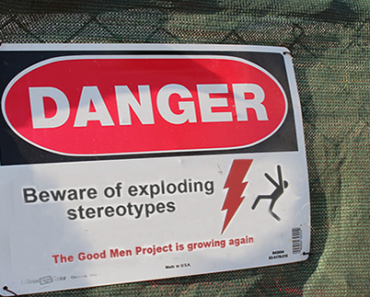Embed from Getty Imageswindow.gie=window.gie||function(c){(gie.q=gie.q||[]).push(c)};gie(function(){gie.widgets.load({id:’wfk7JfZDSDZhXI052FEWyw’,sig:’YiQCheP7s96orH1_DhTOiEN_8B906DlWYA9bwzCAb_Q=’,w:’594px’,h:’396px’,items:’847119872′,caption: false ,tld:’com’,is360: false })});
As Hurricanes ravage the southern United States, technology has significantly impacted disaster relief.
Unmanned drones can locate people stranded by floodwater, or survey damage in areas that are difficult for people to access. The ways that we provide assistance to victims, or work around gas shortages has advanced.
 While the severity of these storms intensifies, first responders, volunteers, and technology companies are developing innovative ways of helping those in need.
While the severity of these storms intensifies, first responders, volunteers, and technology companies are developing innovative ways of helping those in need.
Drones Vs. Manned Flights
Drones provide several distinct advantages when it comes to disaster relief. They can be used to survey damage and determine where people are needed in search and rescue efforts.
Drones have taken part in the search and rescue missions in both Texas and Florida. They can drop light supplies like life jackets or ropes to those who need them. They can use cameras to survey the extent of damage, and find people. Insurance companies are also using them to assess storm damage.
Drones stay dry, and don’t require pilots to put themselves at risk in adverse weather.
Another key technology for disaster relief may be accessible straight from your desktop or inside your pocket.
Websites and Social Media
In the wake of Hurricane Harvey, websites like houstonharveyrescue.com emerged. Its simple interface offers a smattering of legalese up top, with separate buttons for rescuers, and those who need to be rescued. It also offers rescue maps for those on the front lines. The goal is to use standard technology to connect those who need help with those who can provide it.
Harveyneeds.org is another website aiming to help by connecting hurricane victims with much-needed resources.
Facebook allows users to mark themselves as safe, to help alert friends and family that they are alright in the wake of the disaster. That immediate access to their social media networks can also allow them faster access to first responders, or to receive much-needed resources – something that may not have been possible in hurricanes past.
As Hurricane Irma approached, downloads of the app Gas Buddy were up to about 350,000 per day, compared to the normal 30,000. This app helped people find access to gasoline, when stations sometimes experience a shortage.
Electric Vehicle Software
Tesla made news in the days before Irma by announcing that it would trigger a software update for car owners in the southeast that allows them to travel for longer than they were previously able.
The car company used software to restrict the battery range and sold the model at a cheaper price point. Electric vehicles might come with distinct advantages, as gasoline shortages become a regular problem in advance of hurricanes.
Conclusion
The ways that technology can help us in the face of a disaster are really only limited by the imagination. There are efforts to crowdsource information, data and the solutions to some of these disasters. While the magnitude of the disaster has been high, the technology offers new solutions.
The post Innovation in the Face of Disaster appeared first on The Good Men Project.
(via The Good Men Project)







